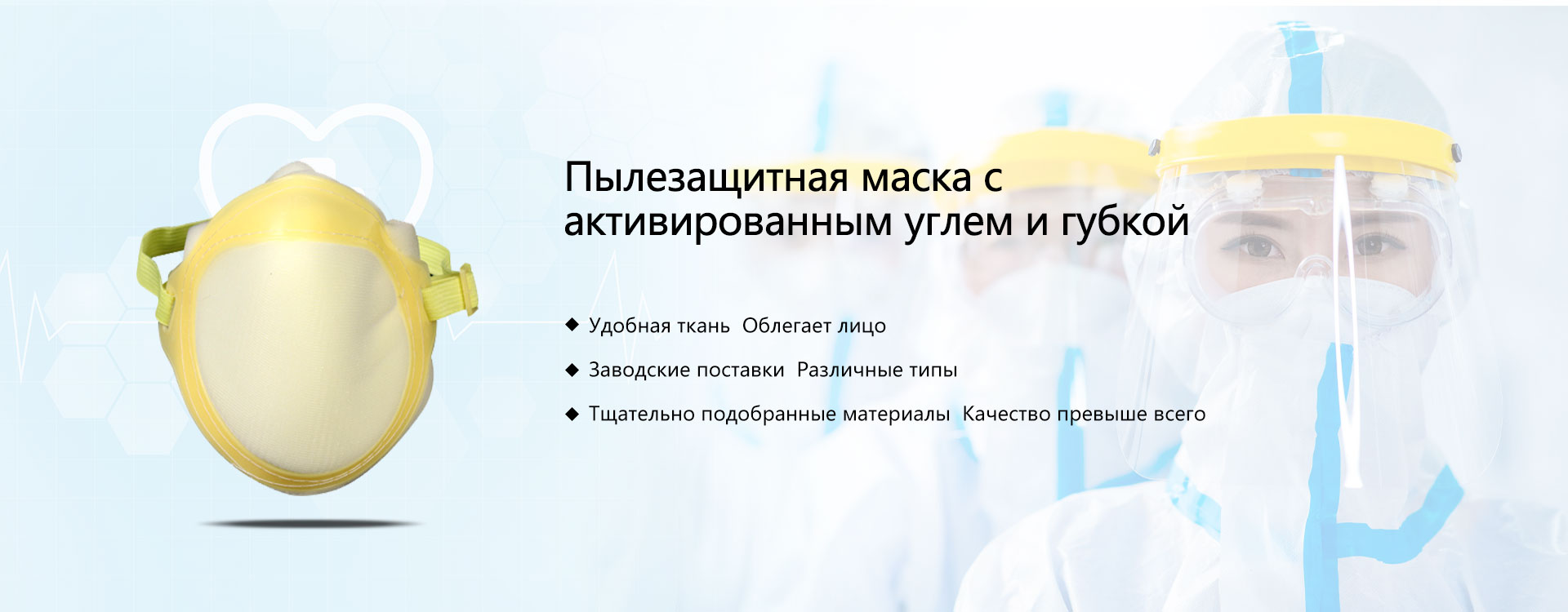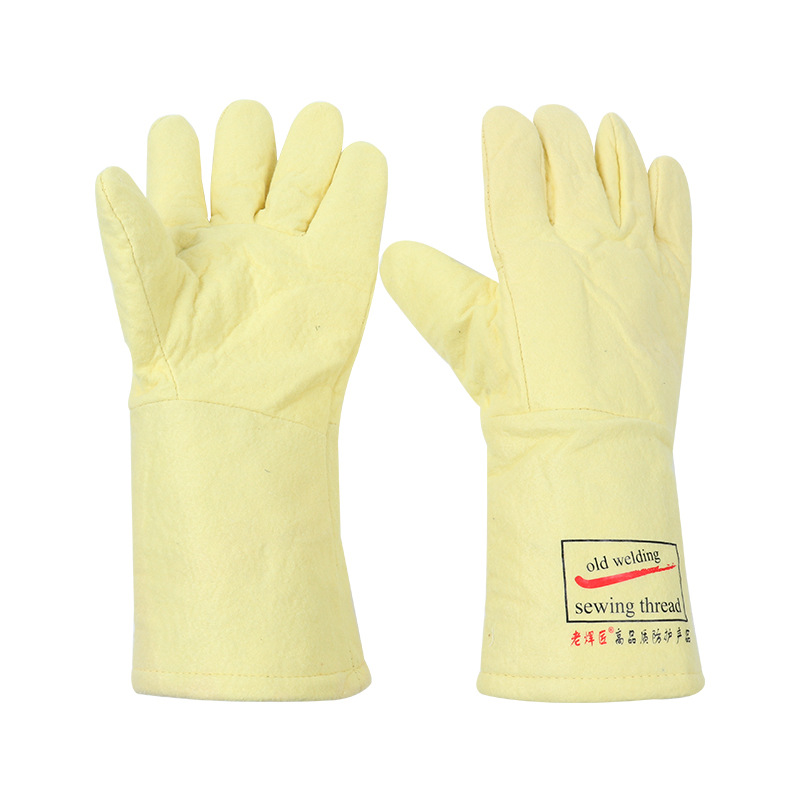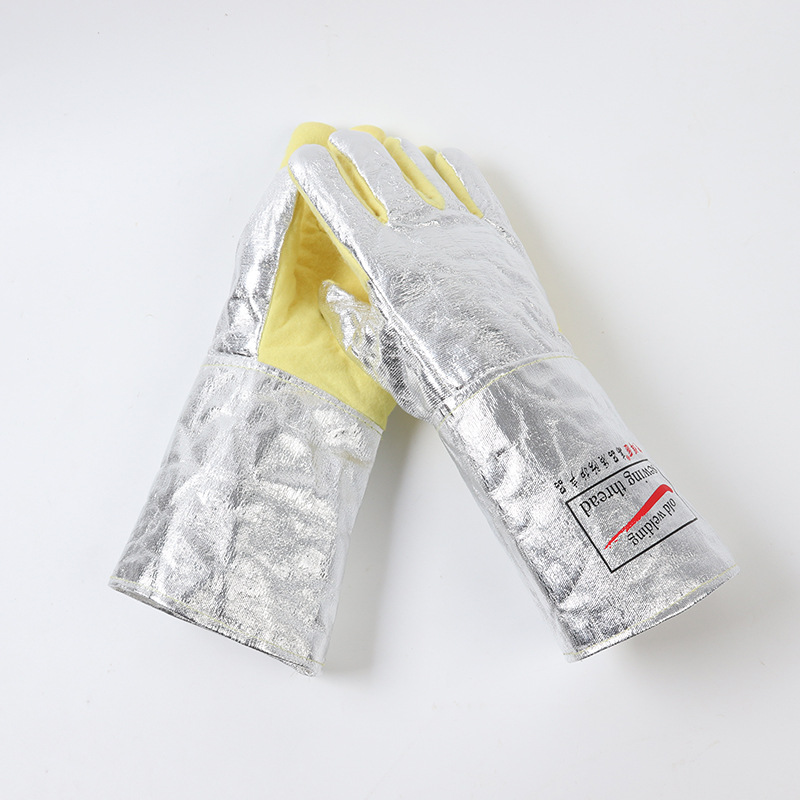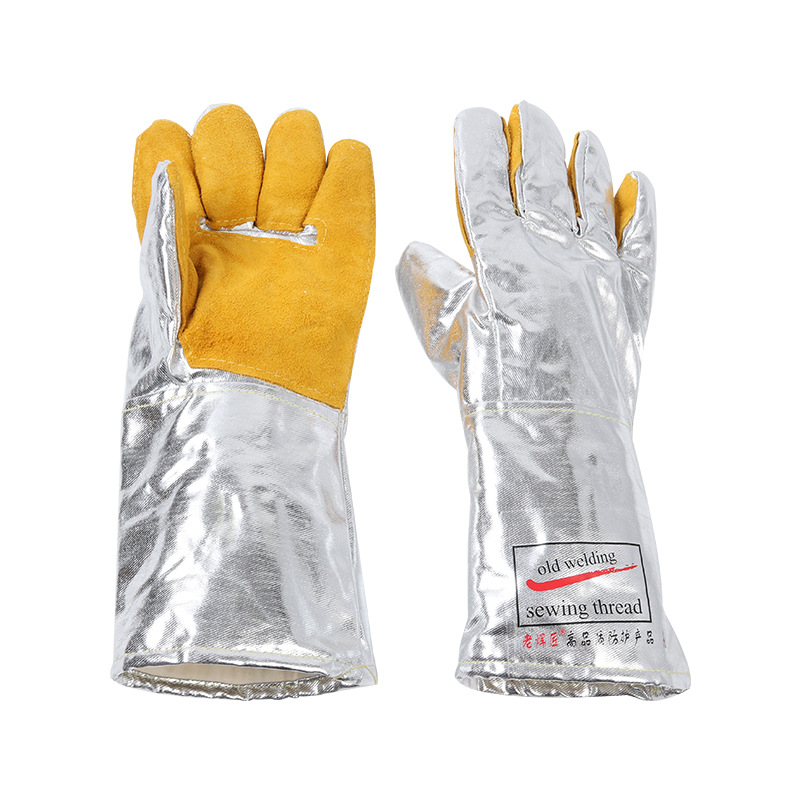
Protection of disposable masks
Protection of disposable masks
Disposable masks have become an integral part of our lives in recent years. They serve as an important tool for protection from various infectious diseases transmitted by airborne droplets. But how effective is this protection, and how to use masks correctly to get maximum benefit? We will figure it out in more detail.
Protection effectiveness:
Disposable masks, first of all, are designed to protect the saliva and mucus surrounding from drops, which are released during coughing, sneezing or conversation. They do not provide 100% protection against viruses, but significantly reduce the risk of infection. It is important to remember that the effectiveness of the mask depends on its quality: the density of the material, the presence of several layers and the correct landing on the face play a decisive role. A tightly adjacent mask with a high -quality filter delays a significant part of particles containing viruses and bacteria. However, it must be understood that the masks are not a panacea and their use should be part of an integrated approach to the prevention of diseases, which includes hygiene hands and social distance.
Proper use:
In order for the mask to really protect, it is necessary to put it on and remove it correctly. Before putting on, wash your hands with soap or treat with an antiseptic. The mask should fit tightly to the face, closing the nose and mouth. If necessary, you can use locks for a more comfortable and reliable planting. Avoid touching the mask while wearing. The mask should be removed by holding on the elastic band, without touching the front surface. After removal, the mask should be immediately disposed of in a special garbage container.
Alternatives and additional measures:
Do not forget that disposable masks are only one of the elements of protection. Regular wash of the hands, observance of the distance, ventilation of the premises and vaccination remain the most important methods of prevention. In some situations, more advanced personal protective equipment, for example, respirators may require. The choice of protective equipment depends on specific conditions and risk levels. It is important to remember that only an integrated approach guarantees maximum protection against infectious diseases.
AppropriateProducts
Corresponding products
The best soldproducts
The best -selling products-
 Warm -resistant welding gloves made of oxide leather
Warm -resistant welding gloves made of oxide leather -
 Gloves with a thickening to protect against high temperatures and thermal insulation
Gloves with a thickening to protect against high temperatures and thermal insulation -
 Sustainable temperatures insulating gloves from aluminum foil thickened aramid gloves of labor protection gloves
Sustainable temperatures insulating gloves from aluminum foil thickened aramid gloves of labor protection gloves -
 Gloves made of heat -resistant aluminum foil with oxide skin to protect labor
Gloves made of heat -resistant aluminum foil with oxide skin to protect labor -
 Thermal insulating anti -burn aramide gloves made of aluminum foil
Thermal insulating anti -burn aramide gloves made of aluminum foil -
 Aluminum foil gloves with aramid oral skin
Aluminum foil gloves with aramid oral skin -
 Antistatic workwear
Antistatic workwear -
 Welding gloves for labor insurance
Welding gloves for labor insurance -
 Clean shield mask KN95
Clean shield mask KN95 -
 Pyatalpal heat -insulating gloves
Pyatalpal heat -insulating gloves -
 Protective heat -insulating gloves for construction work
Protective heat -insulating gloves for construction work -
 Dust respirator from dust
Dust respirator from dust
Connectedsearch
Related search- Aluminum foil masks plants in China
- Cheap gas masks 2 manufacturers
- Cheap respiratory protection suppliers
- Cheap aluminum foil gloves of the factory
- Cheap suppliers of welder gloves
- Welding gloves threaded welding gloves manufacturers in China
- Wholesale prices for leather gloves
- Suppliers of respiratory protection products in China
- Cheap disposable protective masks prices
- Suppliers of wholesale sterile disposable gloves










